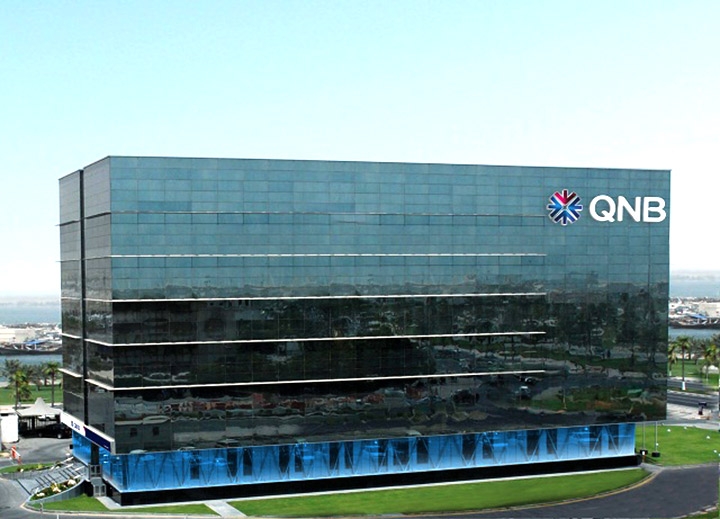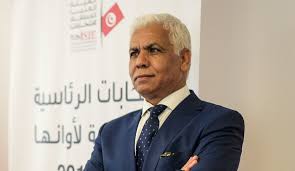The global economy continues to recover from the impact of the Covid-19 pandemic. However, new stagflationary shocks have hit in early 2022. The war in Ukraine and the interaction of the highly-contagious Omicron variant with China’s “zero-Covid” policy are pushing up global inflation, but down on global economic (GDP) growth. However, these shocks have divergent impacts on different regions and countries.
In recent weeks we have considered the impact of recovery from the pandemic and these news shocks on the global economy, global liquidity, the US, Europe and China. This week, we turn our attention to South East Asia (SEA). Since the outbreak of the pandemic, SEA lagged the performance of advanced economies due to initially low vaccination rates, supply chain constraints and less accommodative monetary and fiscal policies.
Moving forward, the outlook for SEA is of continued recover from the pandemic. Here we consider four representative countries, looking at two net commodity importers, Thailand and Vietnam, before we turn our attention to two net commodity exporters, Indonesia and Malaysia.
Thailand
A high level of vaccination has allowed Thailand to remain open during the Omicron wave in early 2022, but a full recovery from the pandemic will be held back by other factors.
Despite a relaxation of border restrictions, the tourism sector is still struggling, with visitor numbers still down by over 90%. Further, the war in Ukraine will limit the numbers of visitors from Russia, which accounted for 15% of tourists before the war.
With the largest share of net imports of energy products in the region at 4% of GDP, high commodity prices are a headwind for the Thai economy. This feeds into higher inflation, which surged from 3.2% in January to 5.7% in March. These inflationary pressures may force the central bank to raise interest rates.
Vietnam
As with Thailand, a high level of vaccination means that the impact of Omicron on Vietnam was light, allowing both service and industrial sectors to remain open throughout this wave.
Vietnam reopening its borders should provide a boost to the tourism sector, which represented around 5% of the economy before the pandemic. However, the number of visitors from Russia will be limited and represent a headwind to tourism, with total visitor numbers still far below pre-pandemic levels.
However, high oil prices will drag on consumer demand and also push up on production costs in the manufacturing sector. A particular risk comes from Vietnam’s dependency on parts sourced from China, where the pandemic is still disrupting supply chains. The share of manufacturing inputs sourced from China is high at nearly 24% of gross value-added.
Fortunately at only 1.4% in March, and unlikely to rise much above the central banks 4% target, inflation is not really a concern in Vietnam and interest rates are likely to remain on hold this year
Indonesia
In contrast, Indonesia’s economic recovery should accelerate this year, driven by high commodity prices as it is a net exporter of commodities. However, the recent ban on the export of palm oil, 7% of total exports, will act as a headwind, but help limit the upward pressure on domestic inflation.
Although inflation rose to 2.6% in March, it remains well within the central bank’s 2-4% target range. Fuel subsidies limit the extent to which higher oil prices feeds through to higher inflation. These weak inflationary pressures mean the central bank can keep monetary policy loose to support the economy, with perhaps one, or two rate hikes later this year.
Malaysia
Like in Thailand and Vietnam, the reopening of Malaysia’s international borders will add additional tailwinds to the economy. Tourism contributed about 6% to GDP in 2019 and immigrant workers will again be able to fill labour shortages in agriculture.
Again, like in Indonesia, inflation remains low at 2.2 % in March. This is mainly due to fuel subsidies limiting the impact on consumers from high oil prices. As a consequence Malaysia’s central bank will only raise interest rates gradually this year.
To conclude, differences come from how dependent countries are on tourism and on whether they are net commodity importers or exporters. Tourism is still recovering only gradually, and from very low levels, despite the easing of border controls. Commodity exporters are able to use fuel subsidies to temper the rise in inflation and keep interest rates lower for longer, relative to commodity importers which are facing higher inflation. Weak growth in China is a headwind for all countries in SEA. However, this effect is only significant for Vietnam because supply chains are so closely entwined with China.
What's happening in Tunisia?
Subscribe to our Youtube channel for updates.















































